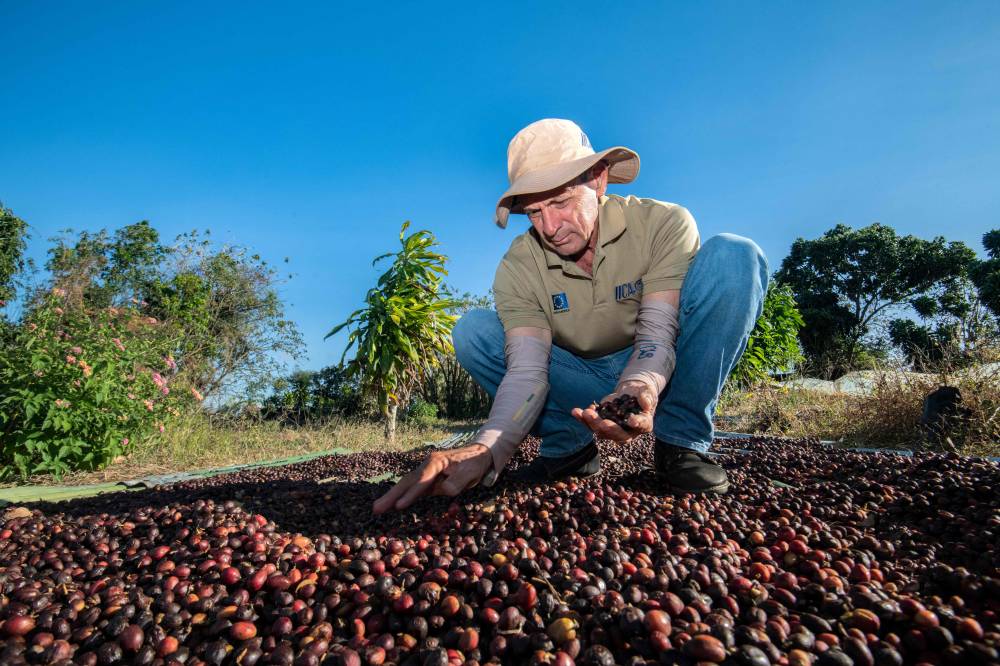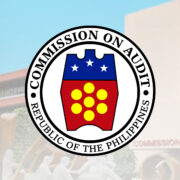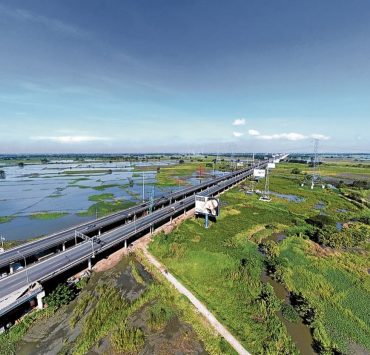PH products with big untapped potential

The largest—and most welcome—change we are seeing in the current Department of Agriculture (DA) leadership is the concession it is giving the private sector in terms of governance.
This is true not only in the international trade committee of the public-private Philippine Council of Agriculture and Fisheries (PCAF), but also at the highest levels, where a new agriculture export group is now being formed.
Two important points have been raised by the private sector.
First, the value of our agriculture exports for 2022 is way below that of our competitors: Indonesia, with $55.2 billion; Thailand, $42.9 billion; Malaysia, $34.1 billion; Vietnam, $31.9 billion. The Philippines? Only $7.5 billion.
Second, 62 percent of our 2023 exports went to just five countries: United States, 17 percent; Japan, 14 percent; China, 14 percent; Netherlands, 9 percent; and South Korea, 8 percent.
This only means we should diversify and expand our markets more. But the most important point raised was that our exports relied mostly on production, not marketing.
This is where effective roadmaps, which we lack to this day, play a critical role.
Roadmaps
While 21 commodity roadmaps were approved in the last administration, the private sector was basically set aside during their formulation.
Since we previously helped spearhead the roadmaps for the Department of Trade and Industry (DTI), we were asked to recommend a comprehensive standard outline guide for the DA.
We then combined the DTI outline with one developed by the late Dr. Rolando Dy of the University of Asia and the Pacific. The combined outline was thereafter approved for implementation.
Unfortunately, this outline was not followed. Furthermore, the critical appendix that would help ensure action was not implemented. This appendix specified the high priority action plans, alongside recommended budgets and accountabilities, within a two-year time frame.
In addition, public-private roadmap implementation teams were never formed.
These days, the roadmaps are just lying around—with the desired highest priority short-term actions not known, never carried out.
Throughout all this, however, the private sector had not been asked for their involvement.
Unlike at the DTI, where the private sector pays for the roadmap formulation and there is a focal person identified in the implementation team, no such “ownership’’ is felt by the private sector in the fully government-funded agriculture roadmaps.
Since the success of our agriculture exports depend largely on “doing the right thing,” we must immediately revisit both roadmap formulation and the implementation process. A private sector representative must take the lead, ideally attaching his or her signature to the roadmaps to ensure ownership and responsibility, or co-chair (together with the government representative) the implementation team. An absolute necessity is the inclusion of the appendix, which should contain priority action plans, recommended budgets and accountabilities identified for the next two years.
Three categories
These roadmaps should fit into three new categories previously discussed with the private sector at the Export Development Council. New suggestions have been given following these categories.
The first recommendation is to give attention to our large export winners. Five of these account for more than two-thirds of our exports. They still have big untapped potential.
Unfortunately, these sectors are now encountering major threats to their market shares from competing countries giving full support to their produce. These include coconut, bananas, pineapple, tobacco, tuna and other selected fishes.
The second recommendation is to promote already promising, but still underutilized, products like seaweed, crustaceans and mollusks, mango, biscuits, and condiments.
The third recommendation is to develop and nurture emerging products like bamboo, cacao, coffee, calamansi, ube, livestock, and poultry.
Each of these categories will require an agriculture roadmap, which should, as I have been highlighting since day one, involve the private sector.
Only with private sector participation in governance will these roadmaps prove effective. Only until then can we attain our goal of true agriculture development.
The author is Agriwatch chair, former secretary of presidential flagship programs and projects, and former undersecretary of the Department of Agriculture and the Department of Trade and Industry. Contact is agriwatch_phil@yahoo.com.



















